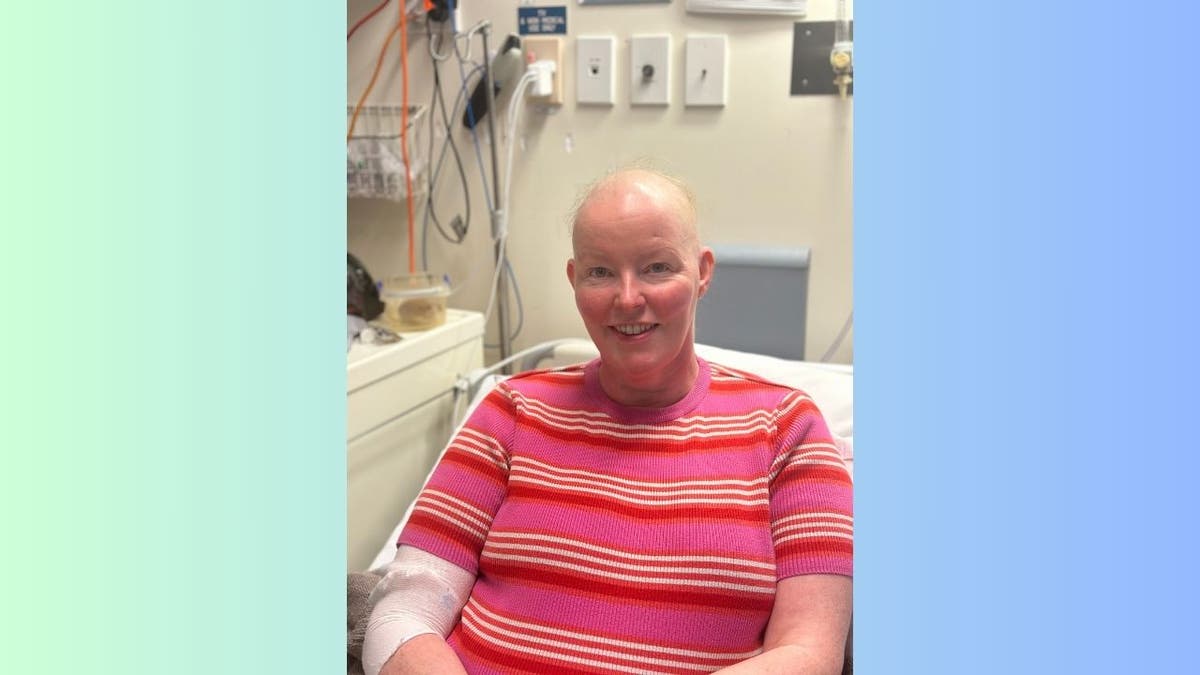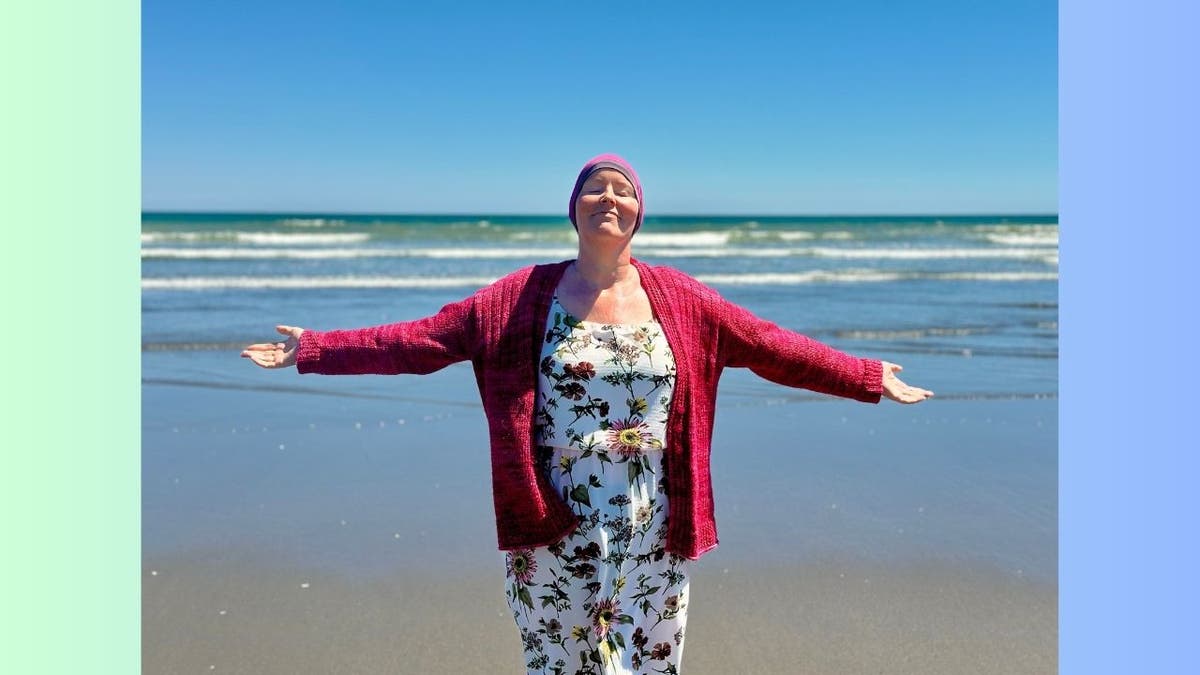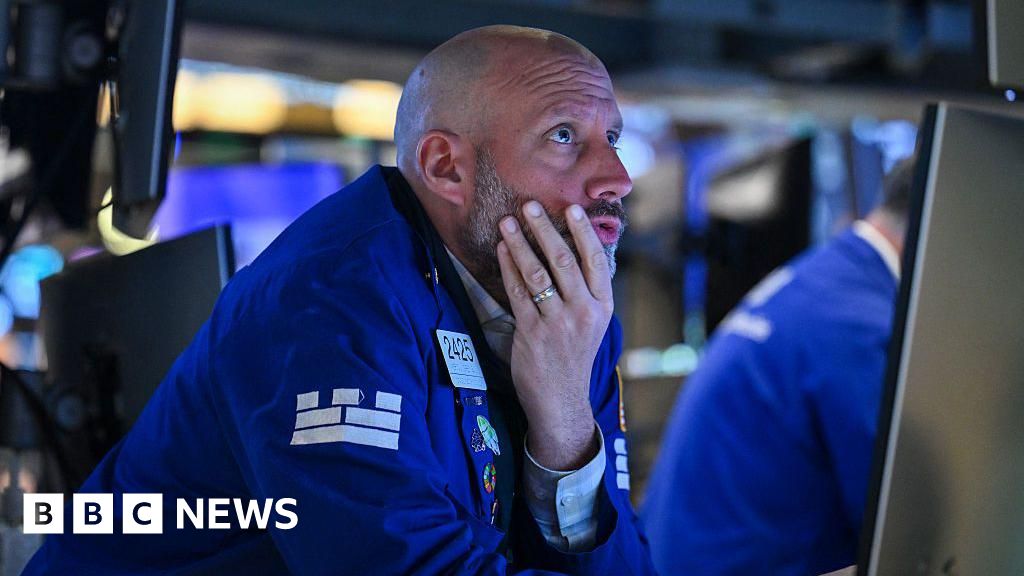Apple Watch alerts woman to life-threatening leukemia diagnosis

In recent years, smartwatches have gone far beyond just telling the time or tracking steps. These little gadgets on our wrists are becoming powerful health tools, quietly monitoring our bodies and sometimes even alerting us to serious medical issues before we realize something’s wrong. From tracking heart rate and sleep patterns to measuring blood oxygen levels, smartwatches are helping people stay more in tune with their health than ever before.
Apple Watch saves woman’s life (Amanda Faulkner) (Kurt “CyberGuy” Knutsson)
The life-saving power of wearable technology
Take Amanda Faulkner’s story, for example. Amanda, a consultant psychiatrist from New Zealand, was feeling unusually tired and hot one summer, but she just put it down to the heat or maybe perimenopause. She was busy with over 60 patients and didn’t think much of it. But her new Apple Watch kept sending alerts that her resting heart rate was way higher than normal, jumping from her usual 55 beats per minute up into the 90s.
At first, she thought the watch was wrong. She was fit and healthy, after all, and she had even recently been hiking. However, the notifications kept coming every morning, and eventually Amanda decided to see her GP. That decision probably saved her life.
Within hours of tests, she was diagnosed with acute myeloid leukemia, a rare and aggressive blood cancer. Doctors told her that if she had waited another 48 hours, she might not have survived.

Apple Watch saves woman’s life (Amanda Faulkner) (Kurt “CyberGuy” Knutsson)
HOW TO CHECK YOUR HEARTBEAT WITH THE EKG APP ON YOUR APPLE WATCH
The wider impact of Amanda’s story
Amanda’s experience shows just how powerful these wearable devices can be, not as medical diagnosis tools but as early warning systems that encourage people to seek help sooner. Apple, for instance, is clear that its heart monitoring features aren’t meant to replace doctors but to provide useful information that can prompt users to get checked out. Elevated heart rates can signal many things, from infections to allergic reactions, and catching these signs early can make all the difference.
Amanda’s husband, Mike, told us, “The positive press from this story has also led to many friends and family members deciding to act on health concerns and/or buy an Apple Watch, and I have seen many similar comments on social media where the post has been replicated. She has also had complete strangers come to see her in the hospital to discuss their own cancer journeys, and as Amanda cannot work in her role as a psychiatrist, these interactions have been great, allowing Amanda to ‘help’ people again, which, after all, is her vocation in life.”
Amanda remains in treatment, including chemotherapy and an upcoming stem cell transplant, but she remains optimistic and grateful for the smartwatch that gave her a fighting chance. She urges others, especially women who often have their symptoms dismissed, to trust their instincts and advocate for their health.

Apple Watch saves woman’s life (Amanda Faulkner) (Kurt “CyberGuy” Knutsson)
HOW TO MONITOR BLOOD PRESSURE WITH YOUR APPLE WATCH
Limitations and risks of smartwatch health monitoring
While smartwatches offer incredible benefits, it’s important to recognize their limitations. These devices are not medical-grade tools and can sometimes produce false positives or miss critical health issues. Overreliance on smartwatch data may lead to unnecessary anxiety or, conversely, false reassurance. Additionally, not everyone’s body responds the same way, and factors like skin tone, movement or device placement can affect accuracy. Privacy and data security are also concerns, as sensitive health information is transmitted and stored digitally. It’s essential to view smartwatches as supplementary tools that can prompt users to seek professional medical advice rather than definitive diagnoses.
SUBSCRIBE TO KURT’S YOUTUBE CHANNEL FOR QUICK VIDEO TIPS ON HOW TO WORK ALL OF YOUR TECH DEVICES

Apple Watch saves woman’s life (Amanda Faulkner) (Kurt “CyberGuy” Knutsson)
THE APPLE WATCH COULD HELP YOU UNCOVER HIDDEN SLEEP APNEA
Kurt’s key takeaways
Smartwatches are more than just tech accessories; they’re becoming essential health companions. While they don’t replace professional medical advice, their ability to monitor vital signs continuously and alert users to potential problems is transforming how we approach health. Amanda Faulkner’s story is a powerful reminder that sometimes the smallest devices can make the biggest difference, literally saving lives by catching warning signs early. So, if your smartwatch starts “nagging” you about your health, it might just be worth paying attention to it.
Has a wearable device ever alerted you to a health issue or helped you take action? We’d love to hear your story: How has technology changed the way you manage your health? Let us know by writing us at Cyberguy.com/Contact.
For more of my tech tips and security alerts, subscribe to my free CyberGuy Report Newsletter by heading to Cyberguy.com/Newsletter.
Ask Kurt a question or let us know what stories you’d like us to cover.
Follow Kurt on his social channels:
Answers to the most-asked CyberGuy questions:
New from Kurt:
Copyright 2025 CyberGuy.com. All rights reserved.




